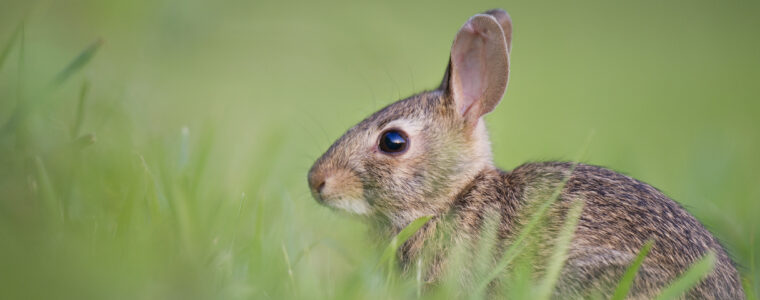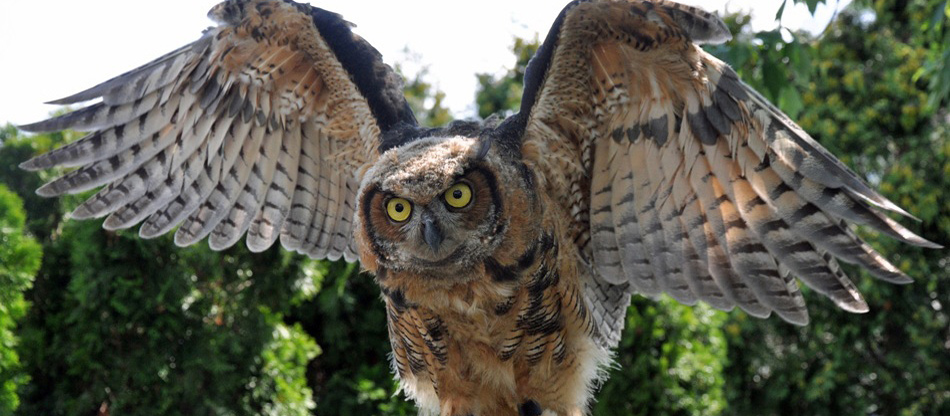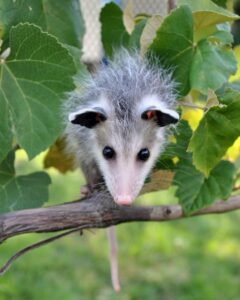
Every year our captive wildlife get an important visit from their veterinarian. Wildlife medicine is very rewarding because it allows us to provide care for an animal that typically doesn’t have someone to advocate for them. Many people have had the privilege of meeting our education ambassadors. These animals were once wild-patients that were deemed non releasable and now live the remainder of their life in captivity. Many of our wildlife education ambassadors had an injury, or have imprinted, making them unlikely to survive the wild. Every year they receive a wellness examination, blood work and in some species vaccinations and dewormings.

Raptors are special birds which capture live prey. Raptor means to seize or grasp. These hunters use their piercing, powerful talons to capture prey and to defend themselves. They have acute vision and hearing. They use sound to help them locate their prey in addition to sight, therefore their ears are positioned behind their eyes and are covered by specialized feathers. Some examples of raptors include eagles, owls, hawks and falcons. Owls differ in the fact that they are nocturnal, they have specialized feathers, they fly short distances and do not make long migrations, and they are able to carry larger prey. The globes of their eyes are very large and many do not have the muscles to move their eyes, therefore they move their heads instead and are able to rotate their heads 270 degrees. They also have specialized ears, in that one sits higher than the other. Vultures are sometimes labeled as raptors but actually eat dead composing animals, also known as carrion.

Waterfowl are often seen in wildlife rehabilitation. They have special needs including feather care, weight management, foot disease, and ingestion of metal or foreign material. They can be vulnerable prey-they are the hunted, and the raptors and carnivorous mammals are the hunters. Ducks and geese are also often found with a fishing hook stuck in their beaks, and fishing line wrapped around their legs.

Mammals that are seen for wildlife examinations include opossums, raccoons, squirrels and bats. Occasionally larger species like groundhogs and beavers are seen as well.
All of these species require veterinary exams. Once a year we set up wellness examinations for all of our education ambassadors or our long term rehabilitation patients. During the wellness examination, all body systems are evaluated including heart, lungs, musculoskeletal, skin, sight, hearing, and oral cavities to name a few. At this time blood is drawn to evaluate organ function, evaluate for infection and look for blood parasites. Fecal samples are obtained also to evaluate for parasites in the GI tract. Once deemed healthy each animal is vaccinated and dewormed if needed.
The days I get to do site visits to perform wellness exams are one of my favorites. Many times I am visiting with very old education ambassadors who have dedicated their life to educating the public about the importance of wildlife and conservation.
– Susan J. Pello, VMD, MS, Board Member @FCW
